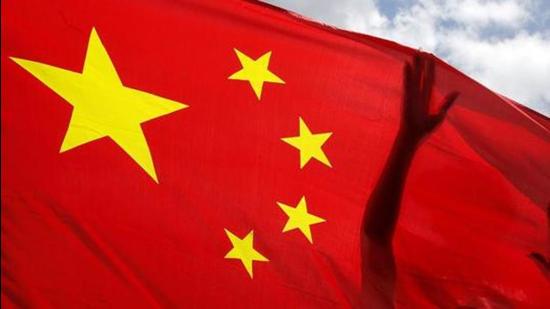How a new rail line in China will pose a security challenge to India
The Sichuan-Tibet rail link will help China mobilise the 77th Group Army and consolidate its hold on the border defence villages along the Sino-Indian border
China’s 14th Five-Year Plan, approved in the recent National People’s Congress’s (NPC) annual session, outlines the Sichuan-Tibet railway line near the China-India border as a key strategic priority.

The 1,629km Sichuan–Tibet high-elevation railway line will connect Chengdu, Sichuan province’s capital, to Lhasa, the capital of Tibet Autonomous Region (TAR). The 14th Five-Year plan reportedly highlighted this railway’s central section, from Ya’an in Sichuan to Nyingchi in Tibet, as a key infrastructure project. In November 2020, the Communist Party of China’s general secretary and China’s president, Xi Jinping, said that this railway line’s work is extremely challenging due to the complex geological and climatic conditions and the region’s sensitive environment.
This railway line is divided into three sections. The Chengdu-Ya’an section in Sichuan had opened in December 2018, while the construction on the Lhasa-Nyingchi section in Tibet started in 2015. The latter is expected to be completed by June this year. The work on the central section linking Ya’an and Xinduqiao in Sichuan and Bomi and Nyingchi in Tibet will start soon as the public bidding to secure these projects was recently completed.
Also Read | China’s plans on Tibet and border infra will pose a threat to India
The central section’s construction is the most challenging part and the Chinese state media reports that the entire railway line from Chengdu to Lhasa would be functional by 2030. Upon completion, the railway will be the second to link Tibet with the rest of the country, following the Qinghai-Tibet Railway, which opened in 2006.
Xi highlighted the railway’s importance, describing it as “a major step in safeguarding national unity and a significant move in promoting the western region’s economic and social development.” But besides integrating the region through economic and social development, China views this project as integral to its national security architecture.
The project facilitates forwarding China’s border security goals with India in two important ways.
First, China’s Western Theatre Command (WTC) is tasked with the responsibility for the Indian strategic direction. The WTC hosts the 76th Group Army, 77th Group Army, Tibet Military District and Xinjiang Military District. The 77th Group Army’s multiple infantry, motorised infantry, armoured, artillery, air defence, and special operations brigades are stationed in Chongqing and Sichuan. In case of a Sino-Indian border escalation, like the recent one in eastern Ladakh, the 76th and 77th Group Armies are tasked to mobilise additional support to the Tibet and Xinjiang Military Districts. The 77th Group Army will play a major role in the mobilisation of the forces if there’s an escalation near the Arunachal Pradesh border due to its proximity to the region.
Under Xi’s civil-military fusion, there’s a collective effort to mobilise the PLA rapidly and on a large scale, using State, party and private enterprises. This was witnessed in the current Sino-Indian stand-off when additional People’s Liberation Army (PLA) deployment happened through the country’s railroad network.
The Sichuan-Tibet railway runs dangerously close to the Indian border near Arunachal Pradesh. Thus, on completion in 2030, it will enhance the PLA’s mobility and connectivity on the border with India, especially in the eastern sector.
Second, since the 19th Party Congress, which was held a month after the 2017 Doklam stand-off, Xi has emphasised creating border defence villages as a buffer zone on the border with India. These 624 border defence villages along 21 border counties are to be constructed by 2021. They will be the first line of defence, act as a watch post and curtail the movement of “pro-Dalai Lama forces” across the border.
The Sichuan-Tibet railway line runs close to Nyingchi, Cona, Yadong, Lhunze and Medog counties bordering India’s Arunachal Pradesh and Sikkim. On completion, the railway line will enable better control, consolidation and logistics supply to these border villages. Chinese scholars have already hailed this network as vital for delivering “strategic material” on the border. With the completion of this railway link in 2030, the PLA could use this infrastructure to alter the status quo and focus on its second strategic direction — addressing the rising India challenge.
Suyash Desai is a research analyst from China Studies Programme at The Takshashila Institution
The views expressed are personal



